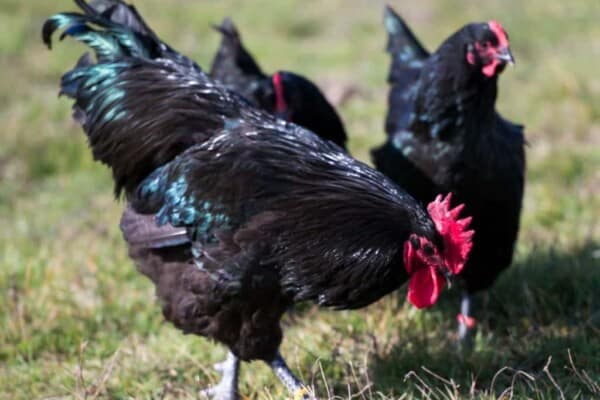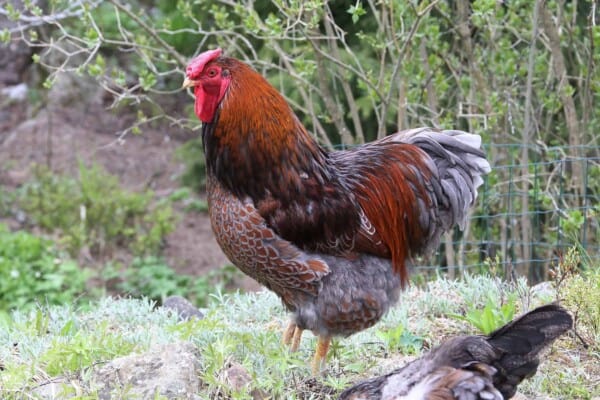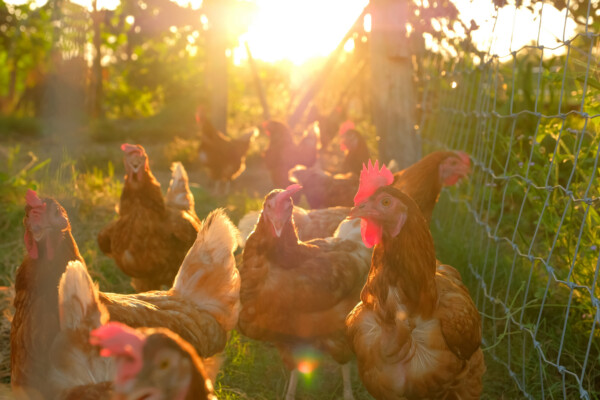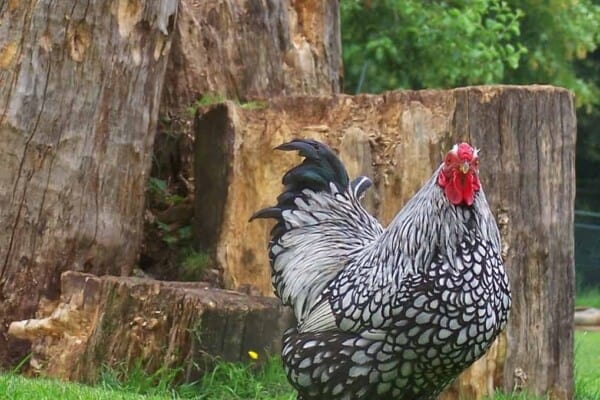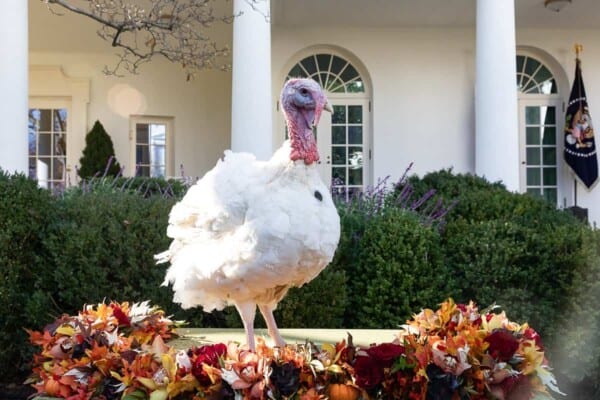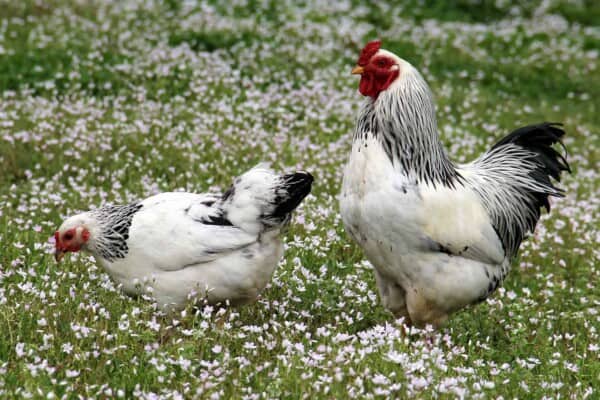
In order to have a healthy diet, it’s essential to decode the labels and markings on the products we buy. One of the most complicated codes seems to be the one stamped on the eggshell or included on the carton. The code is an indicator of the quality of the eggs and of the living conditions of the hens they were obtained from. Knowing what the code stamped on the eggs or printed on the packaging means is not only important for consumers, but also for producers, because they need to know what requirements their chicken farms have to fulfill in order to qualify for a certain label. This useful guide can help you decode egg labels.
What do egg labels contain?
The egg labels, respectively the egg markings may contain a number of information, such as the country code and the producer code (for eggs sold in the EU) and the method of production. In the EU, the method of production is indicated through a numbered system. Egg labeling is used worldwide, mostly in the form of labels for egg cartons. Most countries have legal definitions to design the size of the eggs, the production method, identification information of the producer and best-before dates.
The EU uses a defined egg code that consists of a number that indicates the method of production, a two-letter code for the country of origin and a registration number for the hen laying establishment. Egg stamping is required for all A grade eggs, unless they are sold directly on the farm by small producers.
The country code uses the letter codes of the countries known as top-level domains, for example DE for Germany, FR for France, UK for the United Kingdom etc.
The registration number indicates the location of the egg production facilities and it usually starts with the region code in most countries.
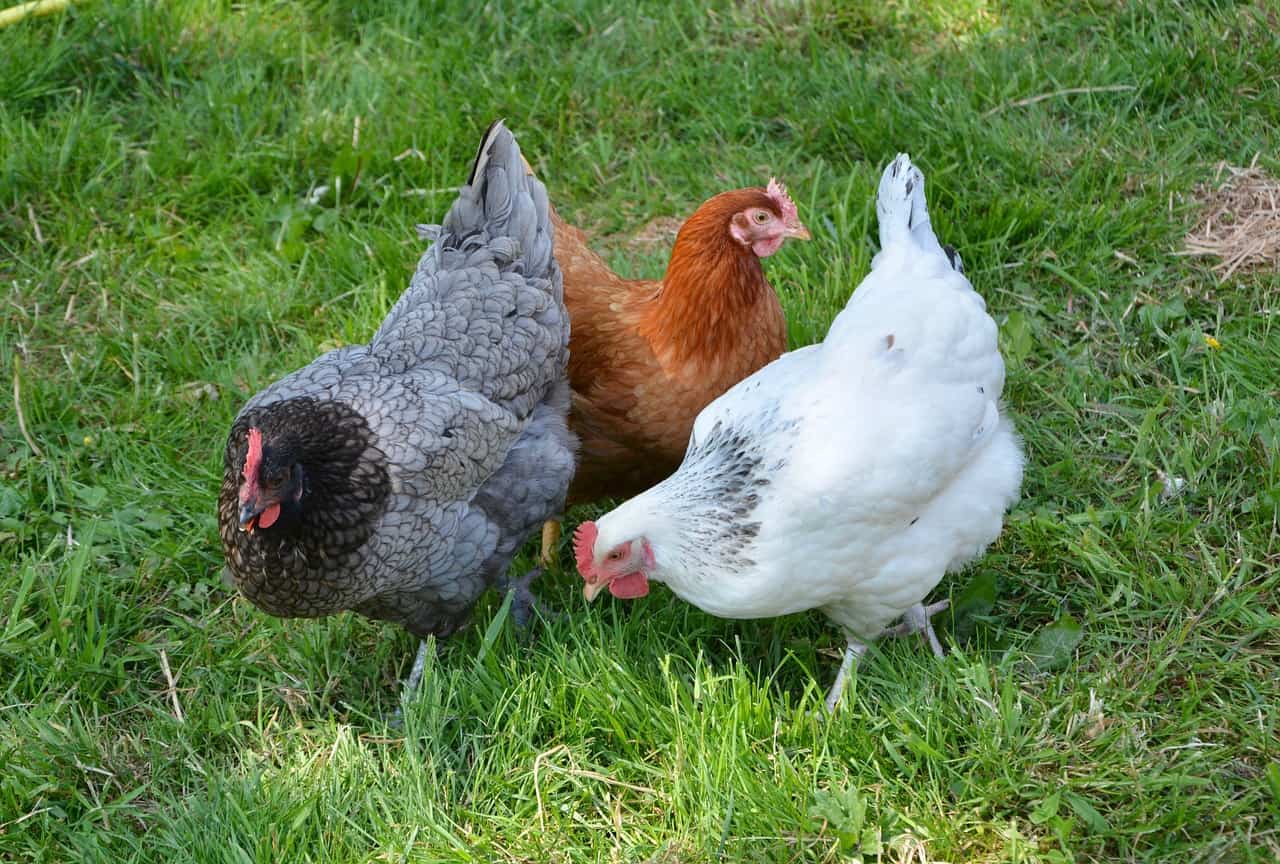
Organic eggs
Organic eggs must be certified as being obtained from organic chickens, meaning free-rage hens or cage-free hens that are raised only with organic chicken feed and have access to outdoors. However, there are certain disputes regarding this claim, because some egg producers don’t always comply with these requirements, according to various reports. Usually, smaller chicken farms are the ones that have been found to be compliant with the requirements. In the EU, organic egg labels have the number 0. It indicates eggs from hens raised on organic farms and fed with feed containing no additives or synthetic coloring. In other words, these are considered the highest quality eggs.
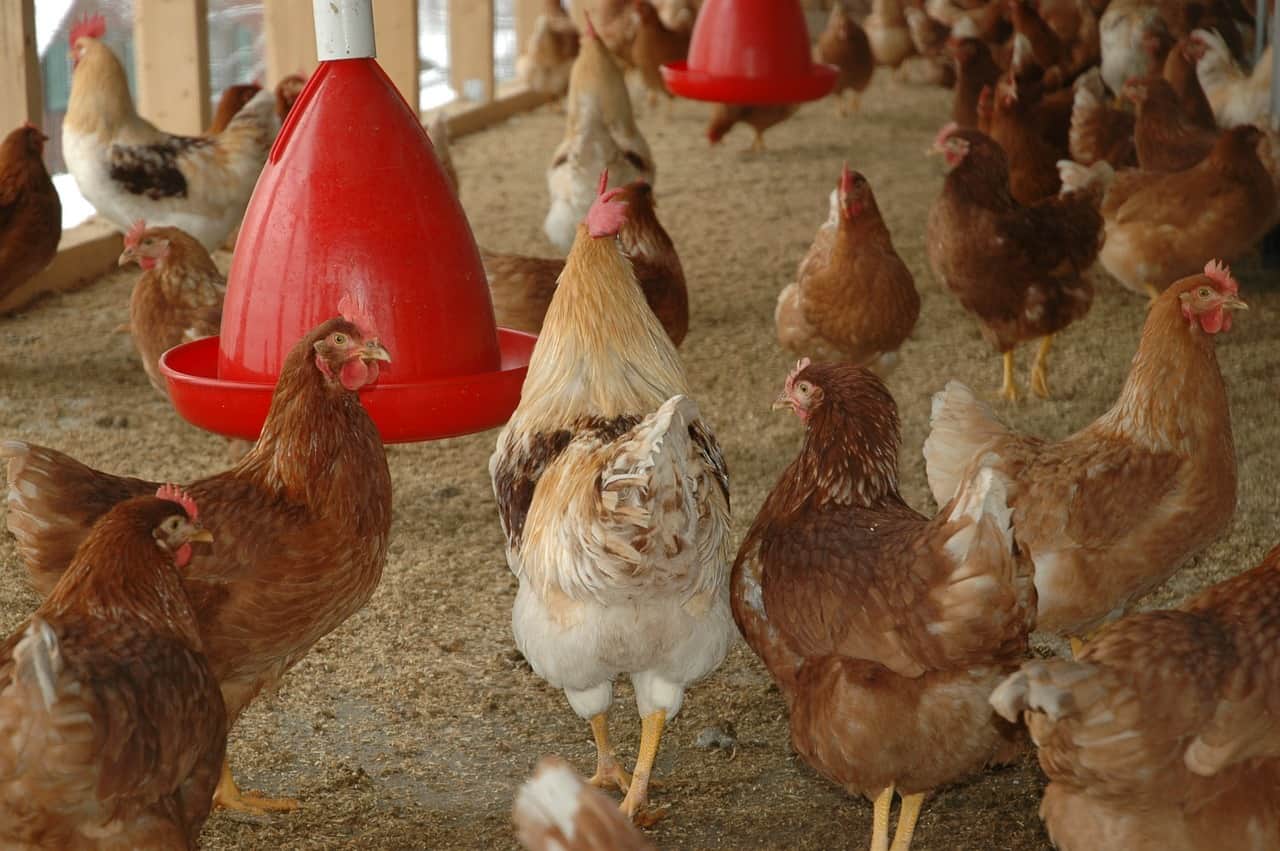
Cage –free eggs
The eggs are obtained from chickens that are free to roam a building or an open area instead of a battery cage. The battery cages are also larger and should host only up to 11 hens. It’s important to note that this egg label doesn’t mean that the chickens have access to outdoors, nor is it an indicator of how much room they have to move around. Cage-free eggs are labeled with the number 2 in the EU. It’s used on eggs from hens raised in closed facilities, but they are free and can move. It is possible, however, that these hens have never seen the light of day.

Free-range eggs
These eggs are laid by hens that have access to the outdoors. Most often hens are raised in an indoor space connected to an outdoor area, but it doesn’t necessarily mean that they are free to move around. These hens can forage for insects and wild plants, in addition to eating grain. This category of eggs is labeled with 1 in the EU. Chickens grown in this system spend the day out, each with a space of at least four square feet, and during night they retreat to enclosed spaces. They are also provided with hay for hay nesting and for laying eggs. However, their food is not certified as organic.
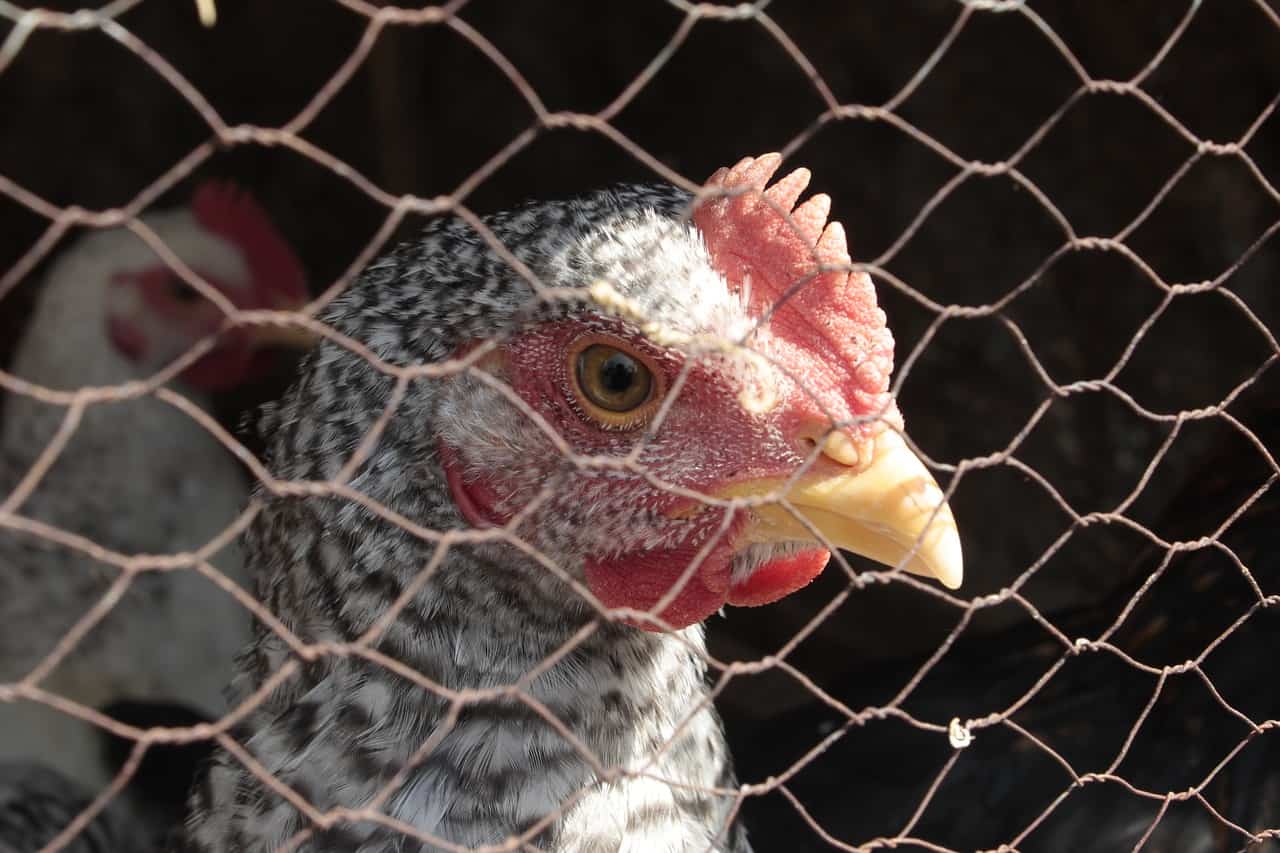
Eggs obtained from battery-grown chickens
Egg labels for this type of eggs contain the number 3 in the EU and indicate eggs from hens grown in improved batteries. These are the lowest quality eggs. The hens grow in overcrowded cages, in very tight spaces and receive synthetic food. In 2012, this type of eggs was banned in the European Union, but egg producers found a solution: “improved” batteries, somewhat more spacious than previous ones. However, in countries such as Austria and Switzerland, raising hens in such cages was completely banned.
Other important indicators found on the egg label
Egg color – is determined by the egg laying chicken breed and is not and indicator for the quality of the egg.
Grade – it refers to the quality of the egg, but not in terms of nutrition. For example, grade A eggs have a spotless shell, the yolks are free from defects and the egg white is reasonably clear and thick.
Size – the size of the eggs also varies, usually depending on the chicken breed, but producers sort out and pack eggs in cartons according to their size.
Hormone – free – it means that the laying hens were not given any hormones.
Pasteurized – some eggs are pasteurizes, especially if they’re intended to be consumed raw. Through the pasteurization process, some pathogens as Salmonella are destroyed.
Vegetarian – fed – it means that the laying hens have a vegetarian diet, but this practice is controversial because chickens are not naturally vegetarian.
No added antibiotics – the hens were not given any antibiotics in their feed or water. It’s a mandatory requirement for organic chickens.
Omega – 3 enriched eggs – the laying hens were raised on a diet rich in omega-3 fatty acids. The eggs obtained from hens that have such a diet usually contain 100 mg – 600 mg omega-3 fatty acids per egg.
Pasture-raised – some eggs sold in the US include this definition on the egg labels, but it’s not regulated by the USDA yet. It means that the eggs were obtained from hens that are able to forage and roam on a pasture area.
Date – like in the case of any other product, egg labels contain a best-before date. The date is also marked on the egg shell in the European Union.
Animal welfare certification label – the “Animal Welfare Approved” program is the only one that prohibits practices such as the cutting of the beak and makes sure that the hens have access to the outdoors at all times, are able to nest , dust- bathe and perch, in other words, that they have the best living conditions. Other animal welfare programs have different standards, but they all prohibit molting through starvation, sadly a common practice used to increase egg production for short periods of time.
Therefore, egg labels give you a lot of important information about the origin of the eggs, but also about the living conditions of the hens from which they were obtained. At the same time, farmers who want to sell eggs from a chicken farm must ensure that they comply with all the claims they put on the egg label in order to avoid sanctions and possibly legal problems.


